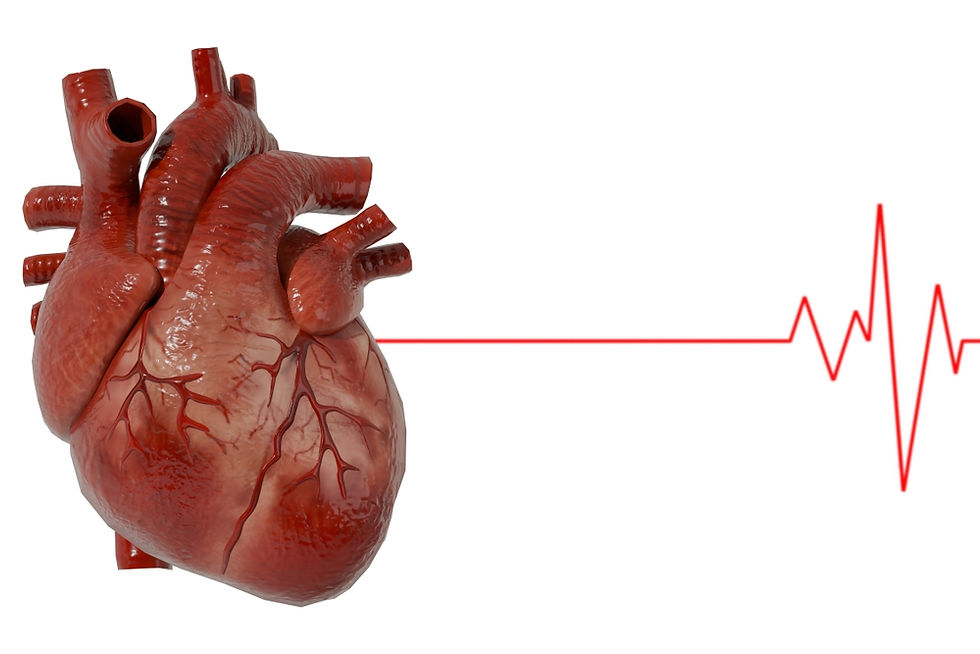5-Second Science: Pupil Size Fluctuates As You Breathe
- BioSource Faculty
- Feb 25
- 1 min read

Research led by Martin Schaefer at the Karolinska Institute, Stockholm, has revealed that pupil size fluctuates across the breathing cycle. Schaefer and colleagues' (2023) study with 100 human participants found that pupils are smallest at the start of inhalation, expand to their largest size in the middle of exhalation, and then shrink rapidly as exhaling concludes.
Why Pupil Size Changes Are Important
Pupil size may influence visual performance, with smaller pupils sharpening vision and larger pupils enhancing sensitivity to peripheral stimuli. Schaefer theorizes that this phenomenon may be linked to neural pathways between the brainstem’s respiratory centers and pupil control mechanisms, though whether this serves a specific evolutionary function remains uncertain.
Reference
Schaefer, M., Edwards, S., Nordén, F., Lundström, J. N., & Arshamian, A. (2023). Inconclusive evidence that breathing shapes pupil dynamics in humans: A systematic review. Pflugers Archiv: European Journal of Physiology, 475(1), 119–137. https://doi.org/10.1007/s00424-022-02729-0




Comments